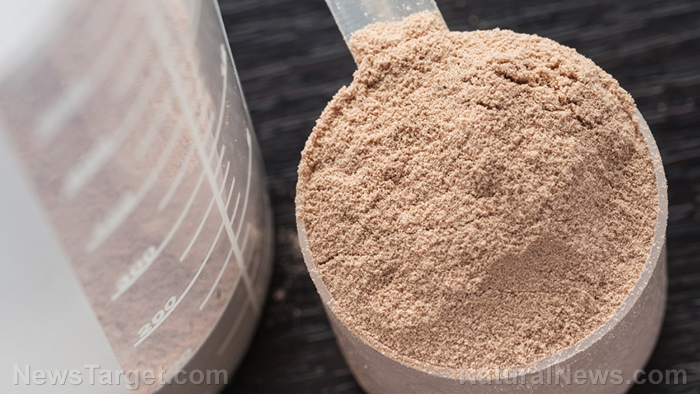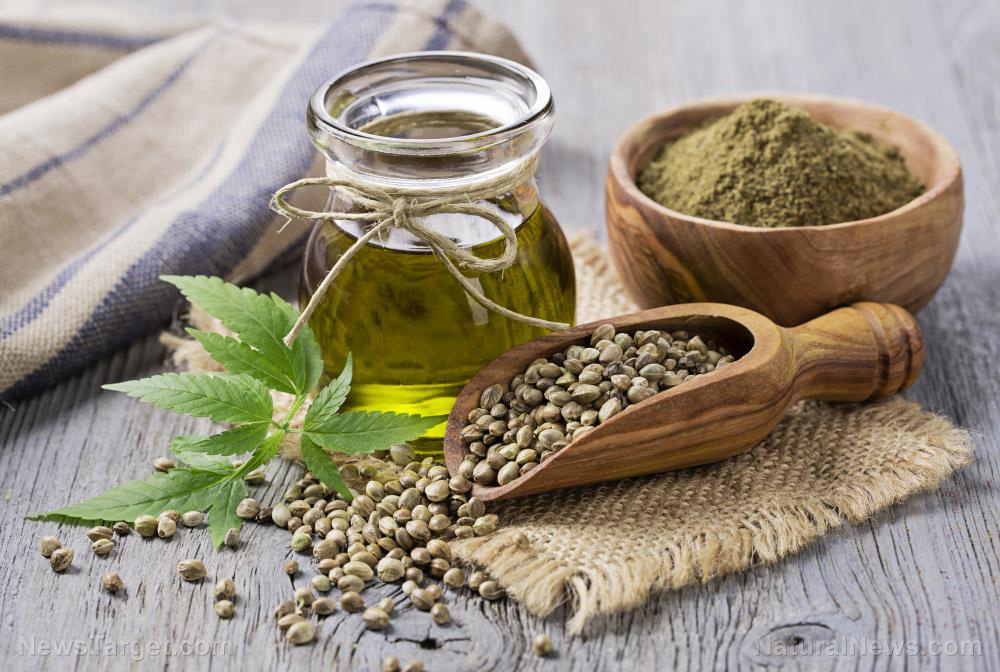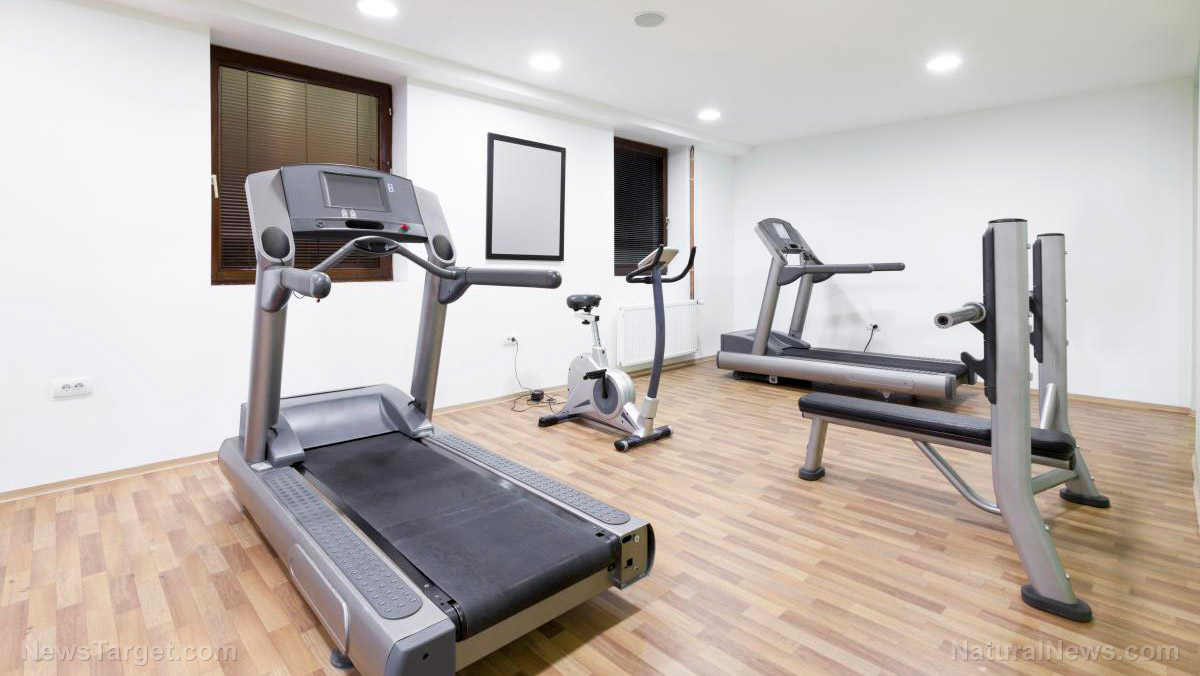Why HIIT should be part of your workout routine
12/11/2018 / By Ralph Flores

High-intensity interval training, or HIIT for short, is the latest trend that has taken the fitness world by storm, and for good reason. In fact, it’s become so popular in the U.S. that the Department of Health and Human Services has called it an effective method to “improve insulin sensitivity, blood pressure, and body composition in adults” in its latest guidelines for physical activity. The report, in particular, noted that HIIT provides the body with multiple benefits including cardiorespiratory fitness, diabetes prevention, and even improved blood pressure — all under 30 minutes.
Not another gimmick
The fitness industry, inarguably, is one that has seen its share of fads and gimmicks. Fortunately, HIIT isn’t one of them, and it’s got the research to back it up. In a report published in the International Journal of Cardiology, exercise scientists found that people who did HIIT received the same benefits as those who did regular intensity workouts. Aside from HIIT being shorter than regular workouts, they also found that it had better peak oxygen uptake, which determines a person’s cardiovascular fitness. Having better peak oxygen uptake, also called VO2 max, means the body can use more oxygen during a period of intense exercise.
Unlike other fitness fads, which require a person to purchase costly or specialized equipment, HIIT is relatively user-friendly, thanks to its flexibility, low cost, and its greatest attribute, a small time commitment. Indeed, anyone can get into HIIT, but it’s important to remember that it’s a specialized workout that involves short exercises designed for maximum intensity, as well as intervals of moderate-intensity exercise. The primary component of a HIIT workout is that it’s made to involve maximum effort in that short amount of time, which is widely different from other forms of regular interval training.
HIIT exercises can last up to eight minutes; however, during this time, the person performs the intervals at 80 to 95 percent of their estimated maximum heart rate. This pushes the body into the anaerobic zone, where maximum effort performed for short bursts increases the heart rate. A good measure is the “talk-test” — a person doing a HIIT workout will find it difficult to carry a conversation. The lower intensity workout is then performed at 40–50 percent of the maximum heart rate. This allows the body to recover and prepare itself for another intense interval.
For the most part, you can alternate between high-intensity and low-intensity exercises for anywhere from 20 to even 60 minutes. (Related: Burn fat, build muscle, and better your health in less time with HIIT.)
Make HIIT part of your routine
People looking for a quick workout that offers the same amount of benefits as that of a longer workout would do well to look into making HIIT part of their routine. It offers a lot of health benefits in just a fraction of the time. It’s also a great way to start moving — something that at least 80 percent of American adults fail to do at a minimum.
- HIIT improves your current routine. The best thing about a HIIT workout is that it doesn’t cost anything. The training is largely dependent on your ability to perform at high-intervals — something you can do even with just your body weight.
- Burn more calories in a fraction of the time. HIIT workouts offer the similar fitness benefits as, for instance, a steady-state endurance workout. However, it does so in shorter amounts of time. It also continues to burn more calories even after a workout; studies have shown that it can burn up to 15 percent more calories post-workout than traditional training.
- Lose more fat. After a HIIT workout, the body goes into hyper-repair. This allows it to burn more fat and calories, long after the workout is done.
- Keep your muscles. Most people who have built muscles using strength conditioning shun endurance workouts since it encourages both muscle and fat loss. With HIIT, however, most of the weight loss comes from fat reserves, which means that you can maintain muscle mass while developing your cardiovascular fitness.
- See results quickly. A study by the American College of Sports Medicine has shown that just two weeks of HIIT workouts can significantly increase aerobic capacity.
Like most workouts, HIIT also carries some considerations. For one, while HIIT is relatively easy to get into, couch potatoes shouldn’t just jump right into it. It’s best to have a fundamental level of fitness, which comes from aerobic or strength training, before starting a HIIT routine. In addition, those with pre-existing conditions such as hypertension, diabetes, abnormal cholesterol levels (dyslipidemia), coronary disease, and obesity should seek the advice of a healthcare professional before going into a HIIT routine.
BONUS: Start your HIIT workout with this circuit
If you’re looking for something to kickstart your HIIT routine, here’s one that requires no equipment and can be done at home. Do this circuit three times, with a 30-second rest interval between rounds. If you’re looking for a challenge, try performing the routine using the maximum values:
- Jumping Jacks, 20 or 40 reps
- Squats, 10 or 20 reps
- Incline push-up, 10 or 20 seconds
- Plank, 30 or 40 seconds
- Single-Leg Glute Bridge, 5 or 10 reps for each leg
Learn more about HIIT at Slender.news.
Sources include:
Health.gov [PDF]
Submit a correction >>
Tagged Under:
disease prevention, endurance, fight obesity, fightobesity, fitness, heart rate, high interval workout, high-intensity interval training, HIIT, longevity, slender, VO2 max
This article may contain statements that reflect the opinion of the author
RECENT NEWS & ARTICLES
COPYRIGHT © 2017 WOMENS FITNESS FOCUS




















